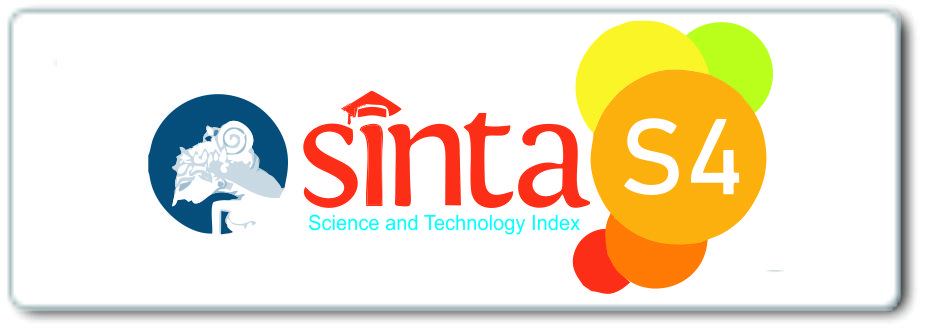THE EFFECT OF STORY METHODS WITH OBJECTS AROUND TO THE INDEPENDENCE OF CHILDREN
DOI:
https://doi.org/10.29082/IJNMS/2019/Vol3/Iss3/249Abstract
Children's independence can be seen from the ability of children to think and do for themselves so that children are not dependent on others. Building children's independence is easier to do early on and done in a fun way such as telling a story that is recognized by the child for example by using things around. The purpose of this study is to prove the effectiveness of the story method with items around the child's independence. This research design uses one group pre-post test design. The population of this research is all 80 children of RA Mu'awanah Al-Hasyimiyah Jombang. The sample of this study were all children of RA Mu'awanah Al-Hasyimiyah Jombang with 80 respondents taken by total sampling. The measuring instrument used was a questionnaire to assess the independence of children with 100% valid and reliable test results with ρ = 0.982. Research time September 2019. Statistik test using the Wilcoxon Sign Rank test with label table = 0.05. The results showed that respondents who had positive independence from 38 (47.5%) respondents increased to 71 (88.75%) of respondents after being given a story on the topic of using things around such as shoes, sandals, clothes, toys, stationery. Wilcoxon Sign Test results Rank ρcount 0,000 = and label table = 0.05. This means that there is an influence of the story method with items around the child's independence. Stories with things around that are already known and are familiar with the child even every day used by the child can reflect independent behavior so that the child can do something without help from others, able to make choices and take responsibility for his choices.
Downloads
Downloads
Published
Issue
Section
License
Authors who publish with IJNMS agree to the following terms
- Authors retain copyright licensed under a Creative Commons Attribution-ShareAlike 4.0 International License that allows others to share the work non-commercially with an acknowledgement of the work's authorship and initial publication in this journal.
- Authors are permitted and encouraged to post their work online (e.g., in institutional repositories or on their website) prior to and during the submission process, as it can lead to productive exchanges, as well as earlier and greater citation of published work (See The Effect of Open Access). Authors can archive pre-print and post-print or publisher's version/PDF.









_IJNMS.png)






